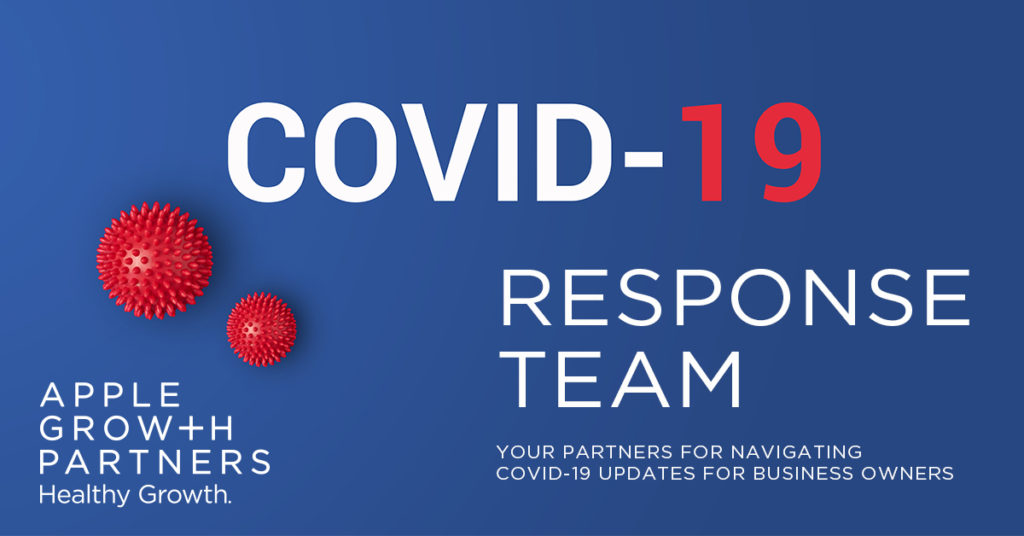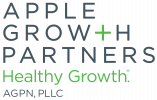
Thursday, April 30, 2020
By Dave Gaino, CPA | COVID-19 Response Team
Recent headline news and updated FAQ’s from the SBA have brought the definition of the following statement into serious debate:
“Current economic uncertainty makes this loan request necessary to support the ongoing operations of the Applicant.”
This was the statement that borrowers under the Paycheck Protection Program (PPP) were asked to certify to their banks upon making an application.
Since there was, and continues to be, major economic uncertainty in these difficult times, we are hearing the questions being raised today relate primarily to the last half of the statement: “necessary to support ongoing operations of the Applicant.”
Publicly traded companies are clearly under focus, as you’ll see in FAQ #31 below. Private Companies owned by large companies, such as Venture Capital Firms, are not completely in the clear, because the SBA raised this question by amending their FAQ’s this week to include question 37 as follows:
37. Question: Do businesses owned by private companies with adequate sources of liquidity to support the business’s ongoing operations qualify for a PPP loan? Answer: See response to FAQ #31.
The answer refers the reader back to question 31, which was published just recently and states:
31. Question: Do businesses owned by large companies with adequate sources of liquidity to support the business’s ongoing operations qualify for a PPP loan?
Answer: In addition to reviewing applicable affiliation rules to determine eligibility, all borrowers must assess their economic need for a PPP loan under the standard established by the CARES Act and the PPP regulations at the time of the loan application. Although the CARES Act suspends the ordinary requirement that borrowers must be unable to obtain credit elsewhere (as defined in section 3(h) of the Small Business Act), borrowers still must certify in good faith that their PPP loan request is necessary. Specifically, before submitting a PPP application, all borrowers should review carefully the required certification that “[c]urrent economic uncertainty makes this loan request necessary to support the ongoing operations of the Applicant.” Borrowers must make this certification in good faith, considering their current business activity and their ability to access other sources of liquidity sufficient to support their ongoing operations in a manner that is not significantly detrimental to the business. For example, it is unlikely that a public company with substantial market value and access to capital markets will be able to make the required certification in good faith, and such a company should be prepared to demonstrate to SBA, upon request, the basis for its certification.
This language is far different from the criteria as originally published by the SBA, which read in part…
“As part of your application, you need to certify in good faith that:
- Current economic uncertainty makes the loan necessary to support your ongoing operations.
- The funds will be used to retain workers and maintain payroll or to make mortgage, lease, and utility payments.
- You have not and will not receive another loan under this program.”
The legal discussion regarding the ability of the SBA to make such sweeping changes will be a hot topic in the coming weeks. Many commentaries have already been written regarding the language in the CARES Act specifically suspending the requirement that borrowers must be unable to obtain credit balances elsewhere and the newly added requirement in an FAQ that borrowers must now consider “their ability to access other sources of liquidity sufficient to support their ongoing operations in a manner that is not significantly detrimental to the business.”
While we cannot speak to the legal perspective, from an accounting perspective, we believe now is the time to formally document your determination that current economic uncertainty makes your loan request necessary to support your ongoing operations. We recommend that you take immediate action to assemble the following information in a comprehensive manner:
- Review prior corporate minutes, cash flow projections, and other communications that support plans for capital expenditures, specific reserves, support for your cash management and investment policies. Retain a copy of these records in the PPP documentation file, along with copies of economic forecast articles you have read that may not be as easily located in months ahead.
- Review and document budget forecasts and the impact of COVID-19. Include changes to revenue, customer demand, and risk that your product offering will be diminished during the economic uncertainty. Most companies run financial projections using the standard best case, worst case, and middle ground sets of assumptions. The worst case truly is a bleak picture, even if financial reserves and banking relations are currently intact. The worst-case scenario would likely include an assessment of what happens if the business must close again after reopening due to a recurrence of the virus as happened in 1918/1919 and numerous other influenza outbreaks. Vaccines for the measles, and other contagious diseases, took four or more years to develop. The search for a vaccine for the common cold, a form of coronavirus, has remained elusive for decades. There is no guarantee that a vaccine will be available as soon as we hope, and business forecasts planning for the worst-case scenario need to reflect all possible outcomes.
- Document the specific economic uncertainties faced by your business. What are the unique aspects faced by your company? What is the lag time from the start of the pandemic to the initial impact on your business? Consider supply chain, consumer responses, anticipated changes due to a break in service/customer relations? What lead time is required once business reopens?
- Document the employee-related decisions, including those that are not impacted by COVID-19. What decisions would be different if the loan were not available?
- Document the availability of capital and the cost of each type of capital. What is the timing to procure the capital? Relate this to your experience of 2008/2009, when many companies saw their loans called in due to the pressures that their banks were placed under and banking regulations requiring their loan to be “classified” differently than when times were good. For most owners, the harsh memories of the 2008/2009 crash are still fresh in our minds. Some economists are forecasting something far worse than the 2008/2009 crash in response to an abrupt shut down of the economy and a world bracing for a possible return of the virus in the fall, as happened in 1918/1919. Just this week, Forbes published these comments about Ford Motor Corporation: “Ford is in trouble. Its U.S. manufacturing operations are shut down, and there is no restart date. European operations have halted. Mexican plants are closed. Billions in losses are projected. The dividend has been scrapped. The firm has drawn down its entire credit line. Even so, there are said to be just six months of cash left. Maybe.”
- What are the long-term or recurring effects of using any available source of capital for even the eight-week covered period? What would the impact be on future expansion or acquisition plans? Certainly, the PPP loan funds would help companies survive the shutdown period and continue to grow and expand and create jobs, which after all, was a key purpose of “paycheck protection loans.”
- If after careful review of these points a borrower feels they truly do not qualify for the PPP loan, the SBA announced the following safe harbor: Any borrower that applied for a PPP loan prior to the issuance of this guidance (FAQ 31 and 37 above) and repays the loan in full by May 7, 2020, will be deemed by SBA to have made the required certification in good faith.
Based on our many client discussions, and the great questions you’ve asked, we know you are critically evaluating every aspect of the decisions you made recently and will continue to make. Our call to action is to document and preserve that documentation in case it is needed weeks, or even months, from now to support your conclusions.
If you did not prepare formal financial projections or document your informal projections and have a concern that your decisions might be second-guessed, it would be advisable to document them now in support of retaining the PPP loan. Again, we would suggest the traditional best case, worst case, and middle case sets of assumptions.
Our COVID-19 Response Team has been assisting clients by developing cash management models. Our Webinar Part 7 discussed cash management techniques and is available for download on our website. We have also developed an extension of our Healthy Growth Checkup® specifically for the various stimulus provisions of the CARES Act and related legislation, plus best practices around cash management and navigating in times of financial crisis. If you feel assistance may be needed, please contact Brandon Fredericks or Matt Silla, who are leading the cash management segment of our COVID-19 Response Team, or your engagement principal.
Apple Growth Partners’ published material provides general coverage of its subject area and is presented to the reader for educational purposes based on the most current regulatory information available at the time it was written. All communications, whether written or oral should be reaffirmed prior to the submission of any application. All information in this published material and on our website is provided in good faith; however, we make no representation or warranty of any kind, express or implied, regarding the accuracy, adequacy, validity, reliability, availability, compliance with any law (federal, state or local) or professional standard or completeness of any information. We assume no responsibility to any recipient of this material to correct or update its contents for any reason, including changes in any law or professional standard. It is not intended to be audit, tax, accounting, advisory, consulting or investment advice. The information in this article is also not a substitute for legal advice and may not be suitable in a particular situation. Consult your attorney for legal advice.
Our articles, other published materials and website occasionally contain links to other web pages. Links to organizations and government agencies are provided as a convenience to our readers. The firm does not endorse and is not responsible for any third-party content that may be accessed from its website and does not recommend or endorse the use of any third-party’s services. The links are to be accessed at the user’s own risk, and the authors of this website make no representations or warranties about the content of these links.

